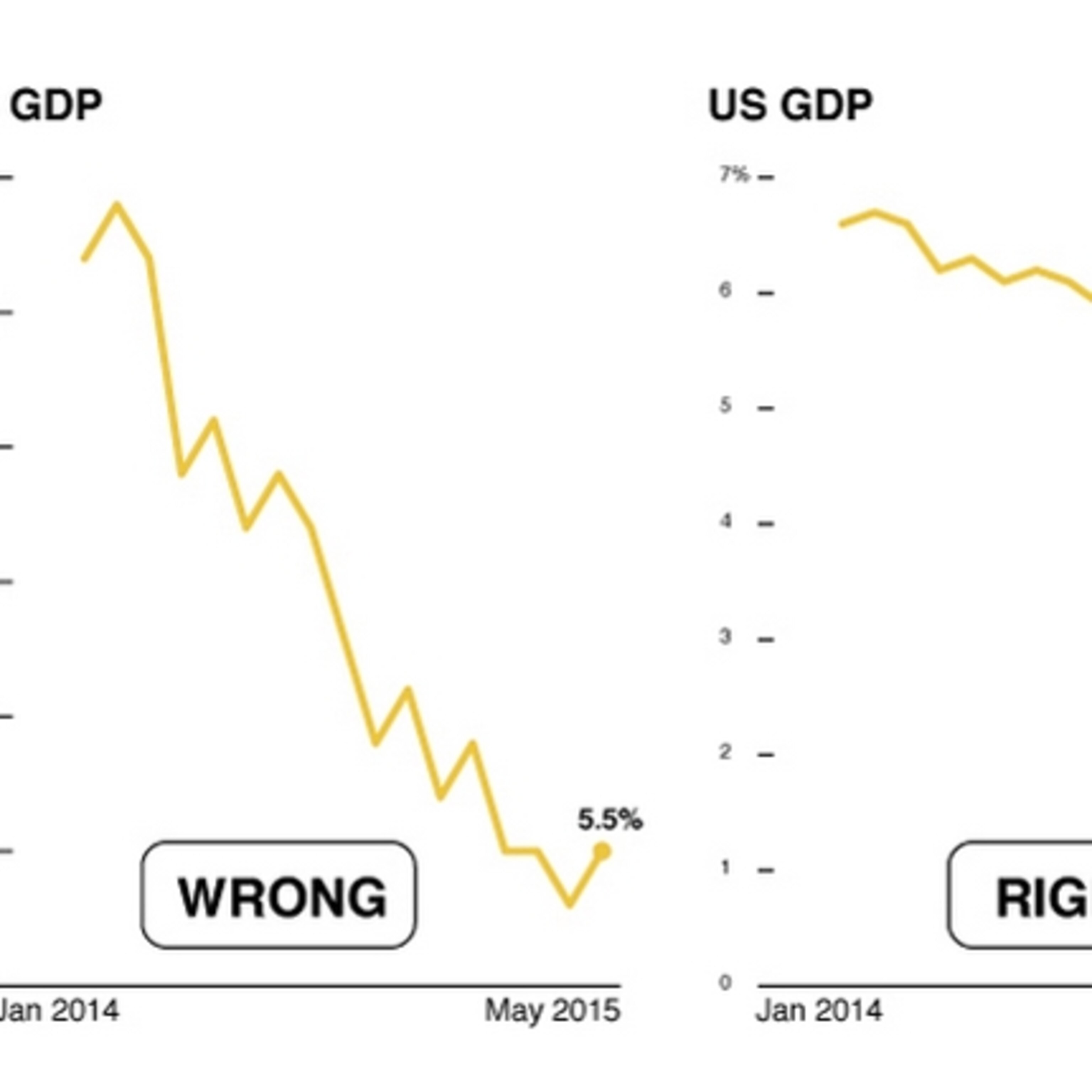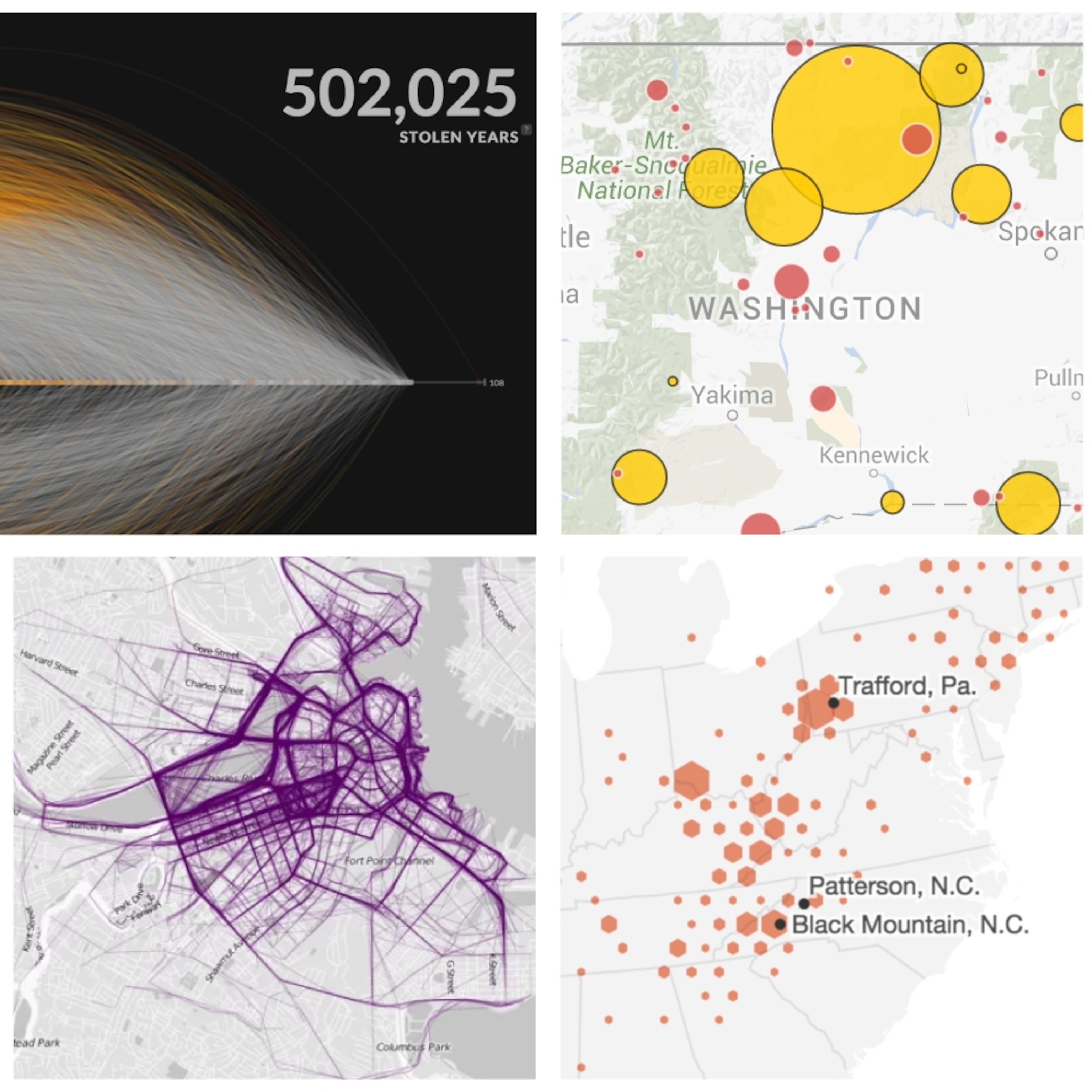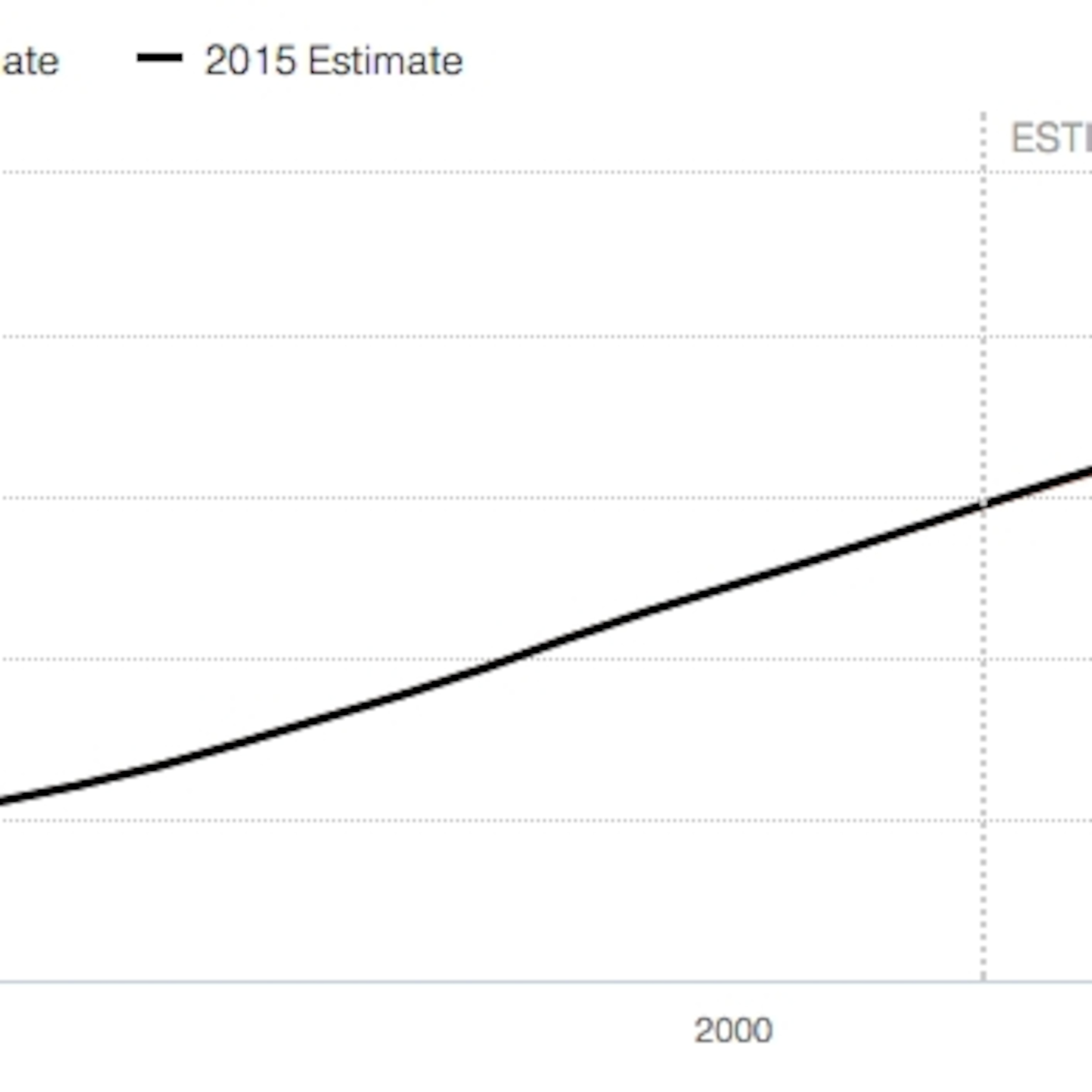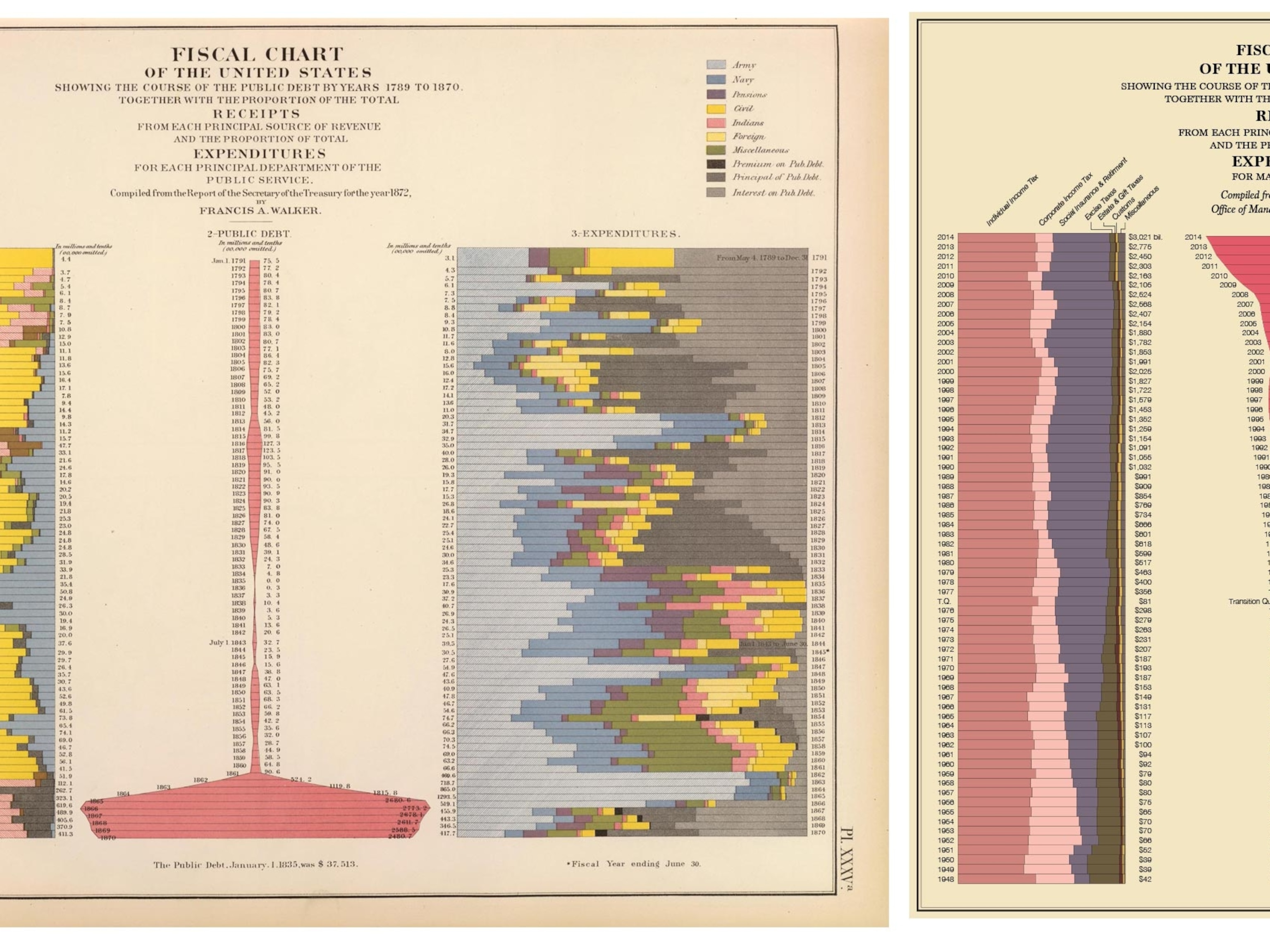
Even Graphics Can Speak With a Foreign Accent
Different cultures use color and other visual cues to send completely different messages.
Data Points is a new series where we explore the world of data visualization, information graphics, and cartography.
Language is not just words. We communicate visually as well, but even our visual symbols are not a universal language. And just as the same gesture can have different meanings from culture to culture, the way visual information is used in graphics can have different meanings depending on the cultural context.
Take the color of money, for instance. Charles Apple, an American visual journalist, was working for a newspaper in South Africa when one consultant proposed using green for the business section. But the client prefered blue. “Not every country has green money,” Apple says.
And that's not all. “In the United States, red usually has a connotation of losses or deficits," he says. But that's not true in all countries.”
Xan Sabaris, an Spanish infographic artist who has worked for the Beijing-based China Daily agrees: “For the Western culture, red has negative connotations. In China it's the opposite. You could see Chinese newspapers where stock market charts use green for negative values and red for positive ones.”
Even Americans and Europeans have their differences when it comes to color. Nick Mrozoswski, an American designer and former Creative Director of the Portuguese newspaper i (short for informação), was surprised by the use of red and green in his adopted country. “For an American audience, the combination is very deeply associated with Christmas. I don't know many American designers who would use it for anything other than a holiday card or wrapping paper. In Portugal, however, red and green are the colors of the country's flag, so you see the combination nearly everywhere you go. The only place you don't see it is on Christmas cards!”
For the Western culture, red has negative connotations. In China it's the opposite.Xan Sabarís
In Brazil, the use of color is also different from American tastes, but that's changing, says Felipe Memoria, a Brazilian who's a founding partner of Work & Company, a product design and development firm in New York City. “In Brazil, colors are typically brighter and the compositions are busier. A lot of what you see feels a bit more visceral and emotional." At the same time, he says, global commerce has meant that Brazilian design has gradually had increasing influence from the American culture, which is seen as high-quality and polished.
Even shapes are influenced by culture. Antonio Farach, Honduran, and Adonis Durado, from Philippines, both work at the Times of Oman. Farach noticed how subtle details play a role: “In the Western culture, rounded corners are more accepted than in Arabic countries. In typography, Arabs prefer blade-like typefaces instead of beveled ones.”
And sometimes the differences are not so subtle, says Durado. “The big difference is orientation. Arabs write and read from right to left. Since we work for both English and Arabic newspapers, we do the flipping of text flow and images in a very careful manner since not all images can just be flipped—such as maps or other images that are direction-oriented”.

For Konstantinos Antonopoulos, a Greek designer working for Al Jazeera English in Qatar, his target is the opposite: he is supposed to bring his Western conventions aboard. “Inside the department there’s a mention of an ‘European style,'" he says. That generally means a clean layout, contrast in typography, cutout images, and very subtle animations, among other things.
But Antonopoulos remarks how Al Jazeera Arabic (AJA), which targets Arab countries, and other outlets of the company don’t always use the same visuals even when they share stories. “AJA has a strong visual language, spearheaded by the brilliant typography of the Arabic alphabet. And then there are the Turkish and Balkans bureaus, with which we share our creations, but they have their own visual languages.”
Other countries, such as China, have a less homogeneous style than Western cultures, in Sabarís’ opinion. “There’s not such attachment to color palettes or style guides. Composition and hierarchy are different from the occidental way—Chinese use the visual elements on a more intuitive way”.
Alberto Lucas, also from Spain and the graphics director at South China Morning Post in Hong Kong, sees order in this apparent chaos. “Sometimes we see as incorrect what is different from our view of clear structures, strict order, and synthesis. But it’s just a different visual culture.”
Lucas thinks the difference in style has to do with Chinese writing. “I could clearly see the parallelism between the Chinese characters and the visual preferences. They tend to be complex symbols with many elements compressed in a reduced space. That’s the basis of their visual culture.”
Sometimes we see as incorrect what is different from our view of clear structures, strict order, and synthesis. But it’s just a different visual culture.Alberto Lucas
Cultural differences can also influence what gets designed in the first place; for example, what kinds of graphics are produced. That happens with sports data in Brazil and United States, says Memoria. “I would say that the U.S. produces stronger work. That could be because Americans are really into data."
"There’s a real appreciation for data in the U.S. and how that influences results, while Brazilians are more likely to want to debate a referee’s mistakes. So because there is a higher appetite for statistics, there is a lot more data and content for designers to play with. As a result, the data visualizations in elections and other subjects can be richer.”
These journalists and designers had to adapt, but they’re also making their contributions to the cultures they've adopted. “When I arrived in Oman, you wouldn't see any infographics in our newspaper or in our competitors," says Durado. "So when I set up our graphic section and started producing graphics, others follow suit.“
Mrozowski thinks it works both ways, and that he brought “a little bit of American brashness to the scene, but I'm also certain that I absorbed a great deal more from Portugal's talented creatives than I left behind.”
Follow Chiqui Esteban on Twitter.







